Small tells at the checkpoint say more than you think.
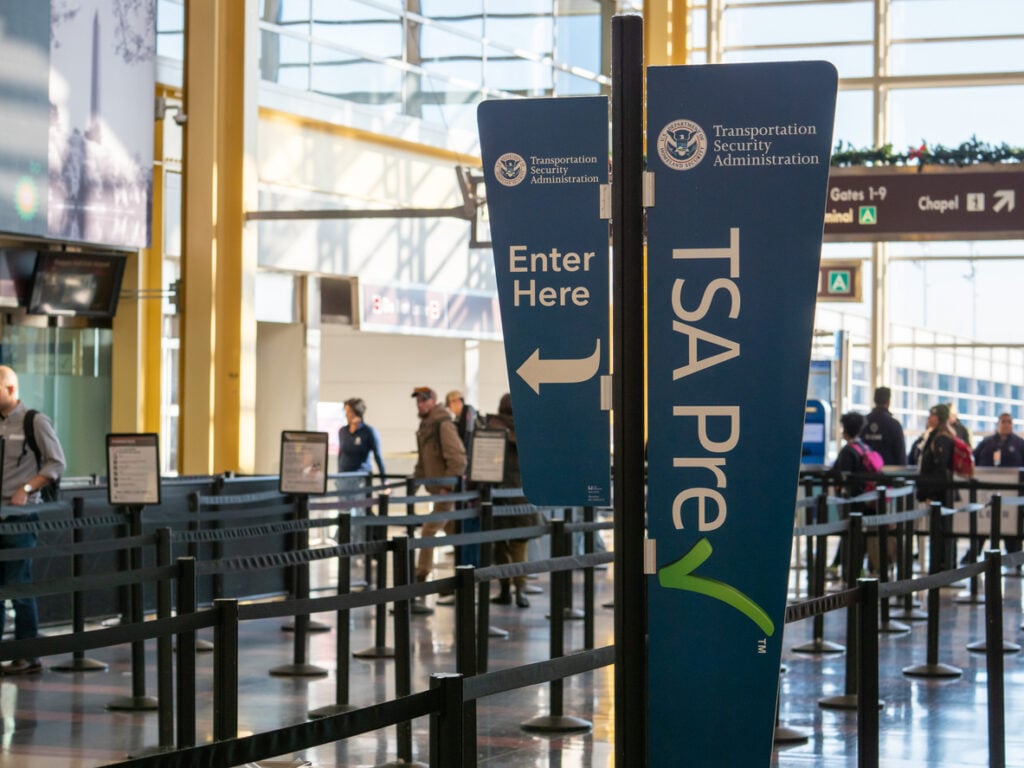
You might feel invisible in the security line, but agents are already building a picture before you reach the bins. Little details—how you walk, what you’re holding, the way your bag sits—telegraph how smooth or messy your screening will be.
Give them clean signals and you’ll usually breeze through. That means tidy packing, calm movements, and zero surprises when your bag rolls into x-ray. Here’s what they notice first, and how to keep attention where it belongs—off you.
1. Your pace and posture as you approach the podium.
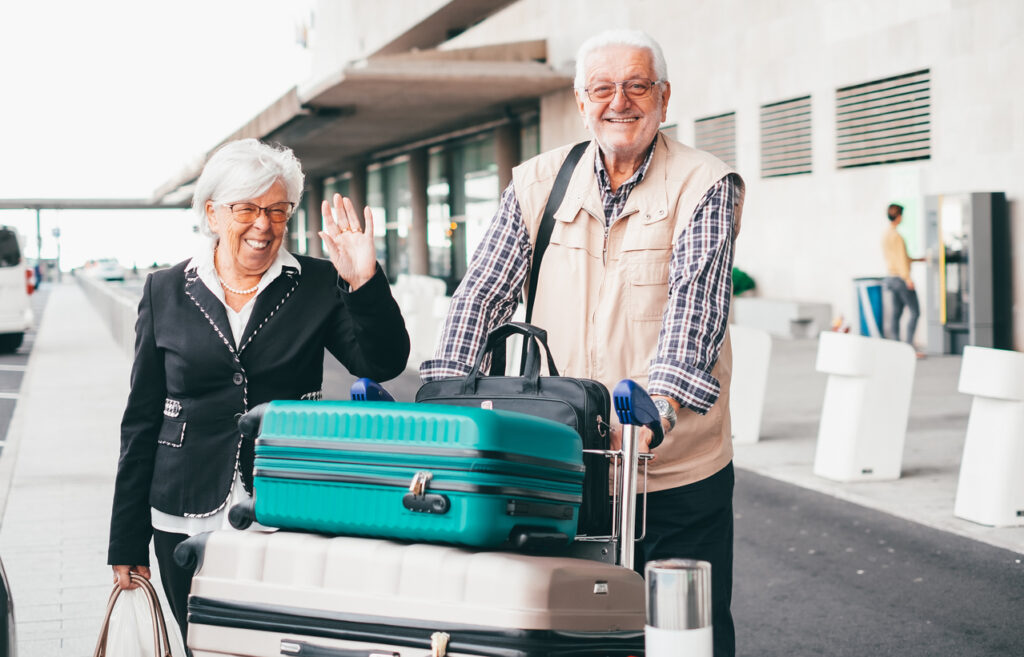
Agents clock your speed, stance, and micro-movements long before you speak. A steady, purposeful walk reads as “prepared,” while abrupt stops, constant shoulder checks, or hovering too close to the person ahead suggest uncertainty. None of this is guilt; it’s just signal. Smooth body language usually pairs with organized bags and fewer last-second flails at the belt. You don’t need to perform confidence—just move like you’ve got time.
I set a simple rhythm: phone away, bags zipped, shoulders relaxed. If something needs attention, I step out of the flow to handle it rather than fiddling in place. That one habit lowers my heart rate and everyone else’s. Calm pace in, calm pace out, and the line breathes easier.
2. How you present your id and boarding pass.
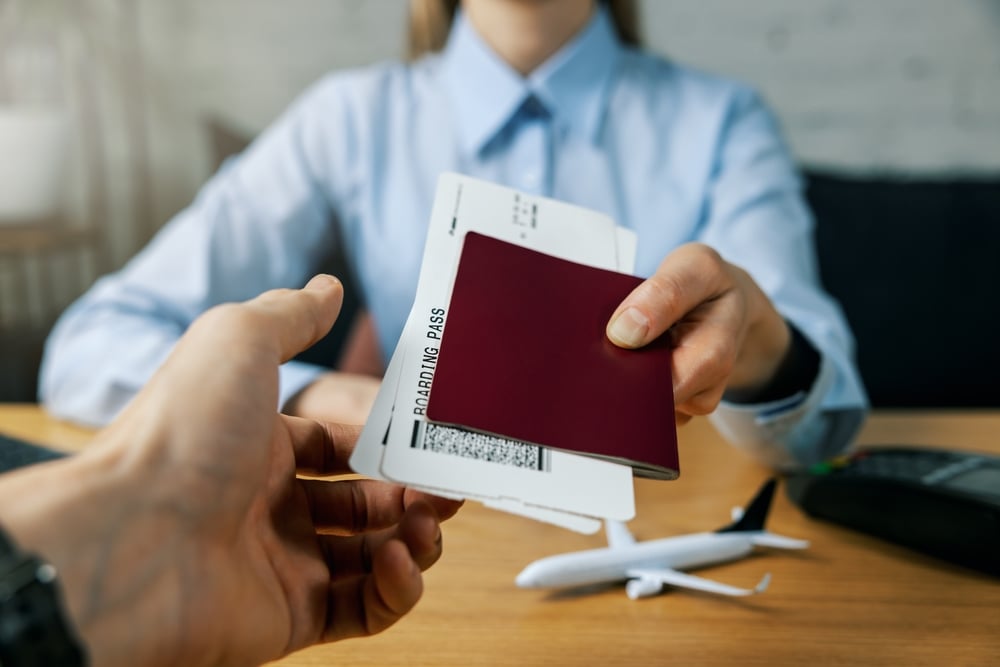
At document check, tsa agents clock readiness first: is your id already out, facing the right way, and matched to your pass? Digging in three pockets, handing over a cracked phone screen with ten notifications, or shuffling multiple passes for a group slows everything and invites extra clarifying questions. Smooth presentation signals you’ll probably follow instructions later without drama.
I keep my id in the quickest-access slot and flip the boarding pass before I reach the podium. If I’m helping someone else, I pass theirs forward cleanly rather than juggling stacks at the last second. Small, crisp motions read as respect for the process, which gets you a nod and a quick wave along.
3. What’s bulging in your pockets and what your hands are doing.

Stuffed pockets draw eyes immediately—keys, coins, lip balm, and loose batteries all ping as potential nuisance alarms. Fidgeting with items, patting yourself repeatedly, or swapping things hand to hand says, “something’s about to end up in the scanner tray at the last moment.” Agents prefer empty, quiet pockets and hands not juggling five items while you toe off your shoes.
I treat the line like a preflight for my clothing. Everything metal or lumpy goes in the bag before I hit the stanchions. Hands free, pockets flat, nothing rolling off the belt. It’s amazing how many false alarms you avoid by ditching that quarter you forgot lives in your jeans seam.
4. The shape and density of your carry-on on the x-ray.

Trained eyes read bags like weather radar. Odd density blobs, messes of wires buried in clothing, or layered items that resemble shapes they need to clear will earn a pause and a back-and-forth on the monitor. Neat, separated packing creates clean silhouettes, which means fewer rescans and swabs. Agents aren’t guessing; they’re pattern-matching under time pressure.
I pack with lanes inside the bag: tech in a sleeve, toiletries in a clear pouch, heavy items centered, and nothing hiding under the spine of a book. If I’m carrying a tangle of chargers, I coil them and keep them shallow. Order helps the machine do its job—and keeps your bag moving.
5. Your liquids game and the honesty of your quart bag.

Agents spot liquid mistakes in a heartbeat. Giant sunscreen tossed loose, mystery bottles in opaque pouches, or a “travel” shampoo that is absolutely not travel size will slow you down. Clear, resealable bag, bottles at or under the limit, and meds separated if needed—that’s the language screeners expect. It’s less about rules theater and more about removing guesswork.
I treat it like a kit I can toss on the belt without thinking. Clear bag lives near the zipper, ready to pull if the lane requires it. If something is borderline, I decant it or check it. Nothing tanks momentum like fishing out a leak-prone bottle while your bin is already halfway to the tunnel.
6. How prepared you are to stage laptops and larger electronics.
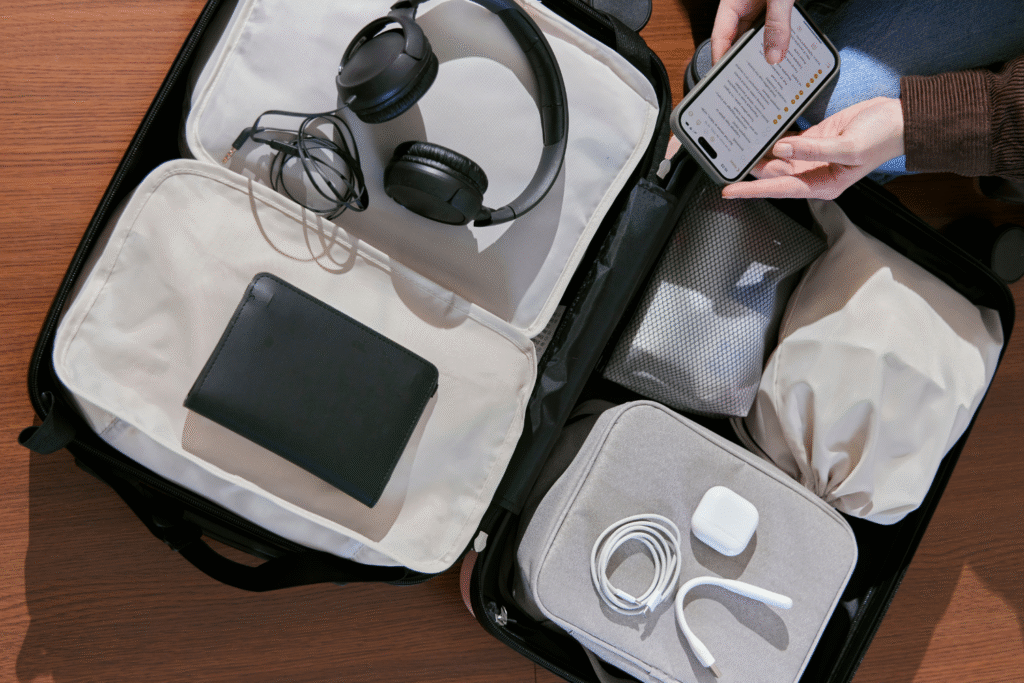
The faster you can stage a laptop, tablet, or game console, the faster everyone moves. Agents notice the folks who wait until the bin arrives to excavate a buried computer. They also notice tidy staging: device flat, nothing on top, and cords not draped like spaghetti. Some lines allow electronics to stay put; others don’t. Your readiness matters in both cases.
I assume I’ll need to separate gear unless signage or the agent says otherwise. Laptop sleeve unzipped, tablet reachable, watch band popped if it’s a problem child. If the policy is “leave it in,” great—my prep still pays off because I’m not digging at the chokepoint.
7. Metal troublemakers like belts, jewelry, and watches.
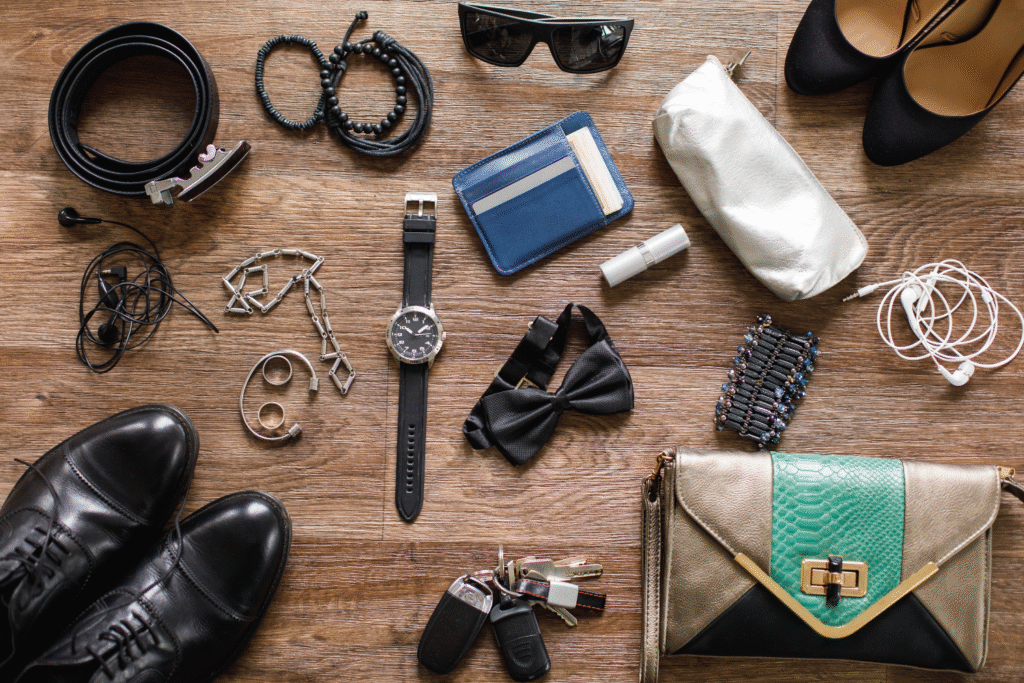
Belts with chunky buckles, layered necklaces, and metal-heavy watches are low-grade alarm machines. Agents scan for them the moment you hit the bins because they’re predictable time sinks. The fix is boring and effective: remove the likely offenders before you reach the arch. If you keep them on and beep, you’ve bought yourself a do-over plus a pat-down spot check.
I use a travel belt with a low-profile buckle and slide bracelets into a side pocket before the line. Rings usually stay on; most sail through fine. If a watch is iffy, it rides in a shoe in the bin. It’s not fashion defeat—it’s clearing the lane with zero chimes.
8. Footwear and bulky layers that complicate the scan.

Boots with thick soles, heavy heels, steel shanks, and multi-eyelet hikers all slow the dance. So do puffy coats, layered hoodies, and jackets stuffed with receipts and earbuds. Agents look for easy wins: shoes off, outerwear in a bin, pockets empty. Streamlined outfits tend to glide; bulky ones need more choreography and sometimes a second pass.
For travel days, I pick shoes that slip on and off fast and stash the coat before the stanchions. If I’m cold, I wear a thin layer that doesn’t create mystery shadows. A clean silhouette in the body scanner beats unzipping twenty pockets while everyone behind me performs the world’s longest exhale.
9. Unusual items and large food that read oddly on the screen.

A bagel is fine; a dutch oven full of stew is not. Agents flag oversized foods, dense cheeses, candles, and anything that mimics prohibited shapes or textures on x-ray. Souvenirs with intricate metal parts, handmade electronics, or stacked batteries also get attention. None of this is personal—it’s clarity. If they can’t read it, they’ll pull it.
I travel with snacks that scan clean: bars, nuts, fruit, nothing soupy or gelatinous. Gifts go in their own pouch with receipts handy. If I must carry something odd, I expect a bag check and pack it on top so the inspection is quick. Courtesy and easy access get you repacked and gone.
10. Your attention to instructions at the bins and arch.
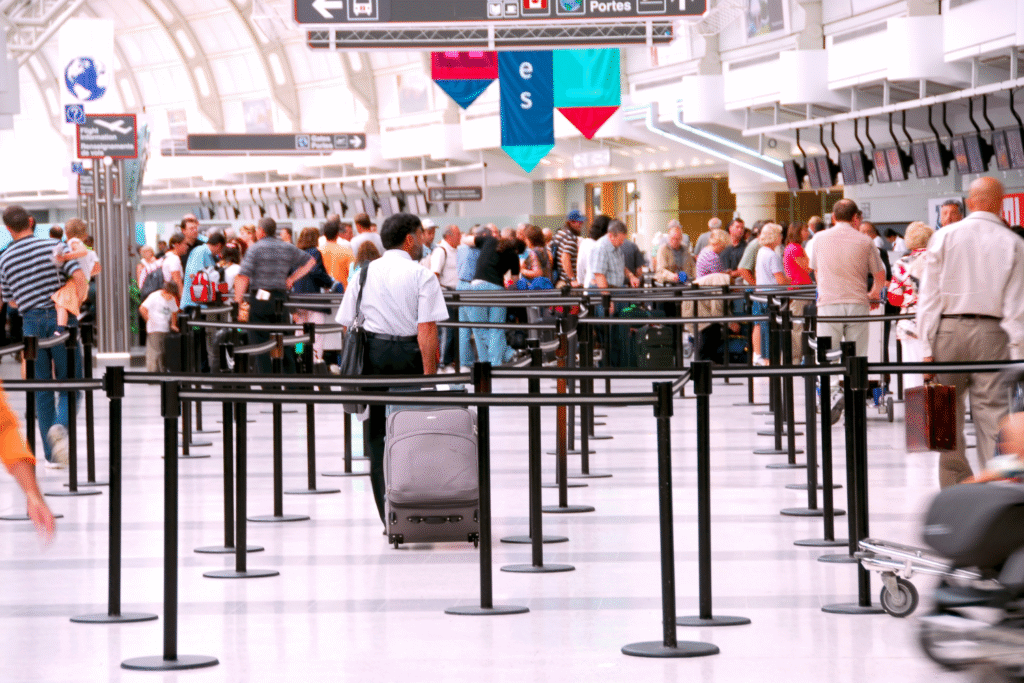
Agents notice who listens once and who needs three repeats. Simple cues—shoes off or on, electronics out or in, jacket in a bin—change by airport, lane, and time of day. The people who pause, make eye contact, and adjust get through faster than the ones pleading their case mid-flow. It’s not about obedience; it’s about moving a crowded system with fewer hiccups.
I treat the lane chief like air traffic control. One glance, one nod, and I do exactly what they’re calling. If I’m unsure, I ask before I load the belt. Clear questions beat messy re-bins, and agents appreciate anyone who helps the line hold its rhythm.
11. How you manage companions and keep the line moving.
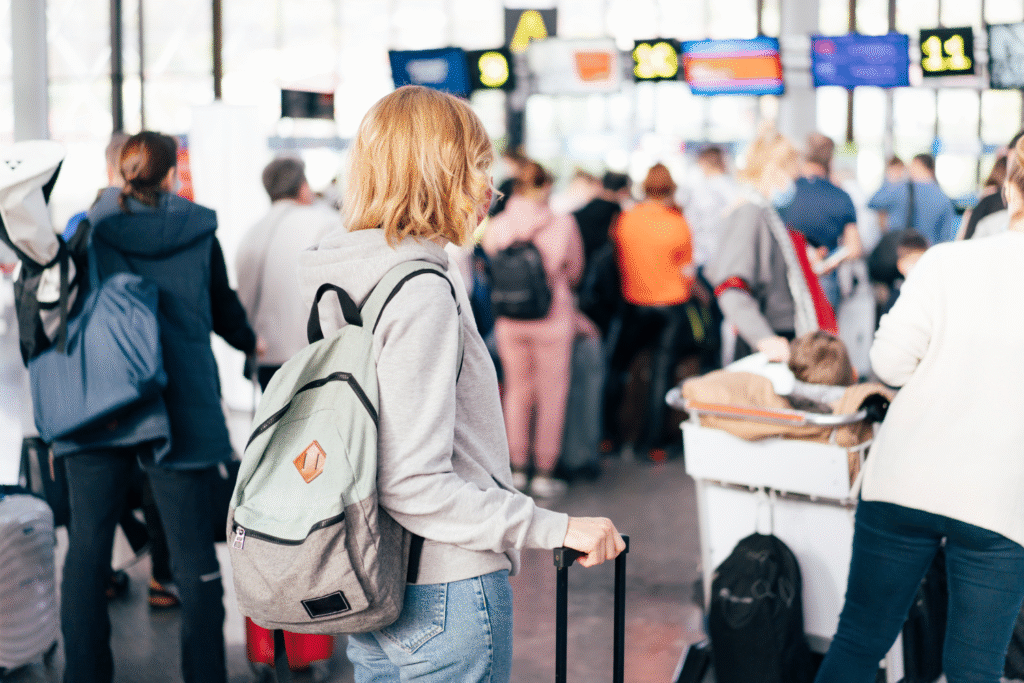
Families and friend groups can either fly or stall. Agents clock the trip leader: are you staging everyone’s ids, dividing bins, and guiding first-timers, or narrating chaos while the belt backs up? Smooth leaders assign roles—one person loads liquids, another handles electronics, someone watches the bags—and everyone steps forward when their bin clears.
I become the bin captain by default. Kids or newbies go first, then I sweep behind and close out with the carry-on. If a bin jams, I step aside to re-stage rather than debating gravity. Agents see the effort, the line breathes, and we’re all through in time to hunt decent coffee near the gate.
